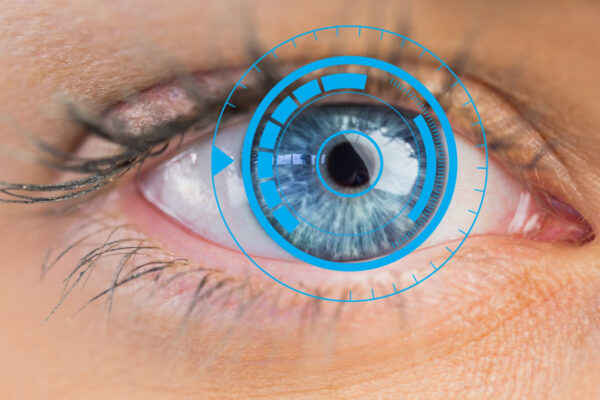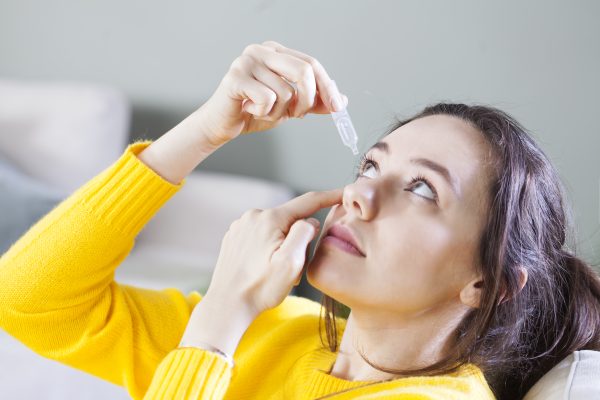The National Eye Institute (NEI), an agency of the U.S. Department of Health and Human Services, has established May as Healthy Vision Month. In today’s digital age, our eyes are constantly subjected to prolonged periods of screen time. This increased exposure to digital screens can lead to various eye-related issues, including digital eye strain, dryness, and even long-term conditions such as myopia. As we observe Healthy Vision Month this May, let’s prioritize our eye health with practical tips to combat digital eye strain and support optimal vision.
Understanding Digital Eye Strain
Digital eye strain, also known as computer vision syndrome, encompasses a range of symptoms that occur after prolonged screen exposure. These symptoms may include:
- Eyestrain: A feeling of discomfort or fatigue in the eyes.
- Headaches: Persistent headaches, often originating from strained eye muscles.
- Dry Eyes: Insufficient blinking while staring at screens can lead to dryness and irritation.
- Blurry Vision: Difficulty focusing or experiencing temporary blurriness after extended screen time.
Practical Tips for Maintaining Healthy Vision
Follow the 20-20-20 Rule
One effective strategy for alleviating digital eye strain is the implementation of the 20-20-20 rule. This rule suggests that for every 20 minutes spent looking at a screen, you should take a 20-second break and focus on something at least 20 feet away.
Optimize Your Workspace
Position your computer screen at eye level and maintain a comfortable distance of about an arm’s length away. Additionally, consider using an anti-glare screen or adjusting the brightness and contrast settings to minimize glare and enhance visual comfort.
Practice Proper Lighting
Avoid harsh overhead lighting and opt for softer, indirect lighting sources instead. Consider using task lighting to illuminate your workspace without causing undue strain on your eyes.
Nutrition for Healthy Eyes
Nutrition plays a crucial role in maintaining optimal eye health. Consuming a balanced diet rich in vitamins, minerals, and antioxidants can help support the health of your eyes and reduce the risk of age-related vision problems.
Certain nutrients have been linked to improved eye health and may help protect against conditions such as macular degeneration and cataracts. Consider incorporating the following foods into your diet to support healthy vision:
- Leafy Greens such as spinach, kale, and collard greens are rich in lutein and zeaxanthin, antioxidants that help protect the eyes from harmful UV rays and blue light.
- Omega-3 Fatty Acids found in cold-water fish such as salmon, tuna, and mackerel are excellent sources of omega-3 fatty acids, which have been shown to reduce the risk of dry eyes and macular degeneration.
- Vitamin C in citrus fruits including strawberries, and bell peppers are packed with vitamin C, an antioxidant that supports the health of blood vessels in the eyes and may help reduce the risk of cataracts.
- Vitamin E found in nuts, seeds, and vegetable oils have been associated with a lower risk of age-related macular degeneration.
As we observe Healthy Vision Month this May, let us commit to prioritizing the well-being of our eyes and taking proactive steps towards maintaining optimal eye health. By incorporating these tips into our daily routines and making conscious choices to support our vision, we can safeguard this precious sense for years to come. Remember, healthy vision is not just about seeing clearly—it’s about living life to the fullest and embracing the beauty of the world around us.
Categories:



